When I was about nine years old, I wrote a story about a girl who finds herself living among genies. It was something like fifteen pages long (so, basically War and Peace, from my fourth-grade perspective), and it was mostly long, flowing descriptions of the (long, flowing) clothing they wore and the magic they did.
My mom, my most frequent and most patient beta reader, suggested I add some problem that my characters had to solve or battle they had to win. Without conflict, she told me (very kindly), my story was boring. And she was absolutely right.
A story without conflict is boring.
If our characters aren’t struggling in some way to get what they want, then they aren’t growing. And, perhaps more importantly, our readers aren’t interested.
Conflict is what holds characters back from achieving their objectives — and it’s also what propels our stories forward and makes them resonate deeply with readers.
That’s what my new craft guide, Crafting Conflict in Fiction, is all about: what conflict looks like and how to weave it into our stories. We examine the four fundamental types of conflict, then we dig into how to identify and create conflicts that will give our stories the depth, tension, and emotional resonance that make readers sit up and pay attention.
Understanding Conflict
In Creating Compelling Characters, we talked extensively about character objectives: the deep desires that drive our characters’ choices and actions. Conflict — a struggle between opposing or incompatible forces — is what stands between those characters and their objectives. Conflict reveals our characters’ strengths and weaknesses, and it creates stakes that make their journeys all the more interesting. In short, conflict gives the protagonist a hill to climb, and it gives the readers a reason to root for her.
Conflict in fiction (and in life, for that matter) comes in four primary forms: man vs. man, man vs. self, man vs. nature, and man vs. society. In the guide, we explore all four types, using examples from a wide array of novels to explore how each can drive narrative tension and character development.
Developing Conflict
Conflict lies in the gap between who a character wants to be (her objective) and where she is now. As she sets out on the road toward her desire, the conflicts are the roadblocks, detours, and mishaps that make the journey worth telling about. So, before you even start thinking about conflict, be sure you have a clear and thorough understanding of your protagonist’s objective.
Once you’ve got that down, then you can start building in the various types of conflict. In the guide, I outline three different approaches to brainstorming conflict, and I provide tips for creating complex, multi-dimensional conflict that adds real depth and nuance to characters and their journeys.
Avoiding Common Pitfalls
While conflict is critical for driving a narrative forward and keeping readers engaged, there are a couple of common pitfalls that can break readers’ investment in an instant. We talk about how to spot — and fix — false conflicts and contrived plot devices to ensure readers aren’t pulled out of the story by improbable coincidences or hollow conflicts.
Bringing It All to Life
Conflict development is a critical skill, and like so much of writing, it’s easier said than done. So, as always, I’ve included writing prompts and exercises to help you turn theory into practice while making real progress on your novel.
From personality clashes to societal beef to climate disasters, conflict gives a plot its power. My new guide, Crafting Conflict in Fiction, gives you everything you need to know to pick a fight on the page.
*This guide was provided to members of the Inkwell as part of their subscription in June of 2024.

